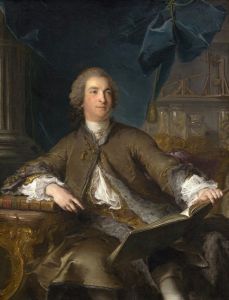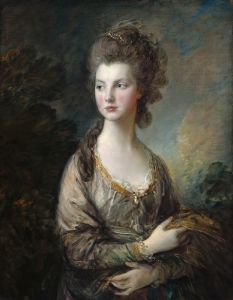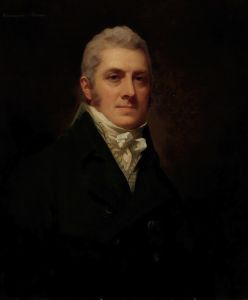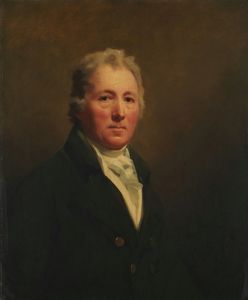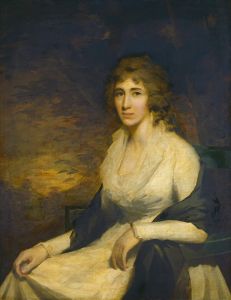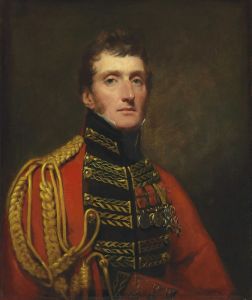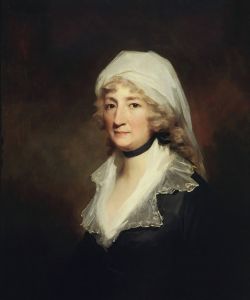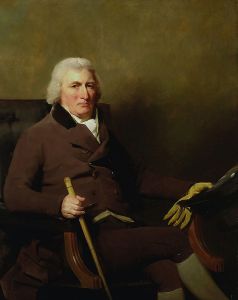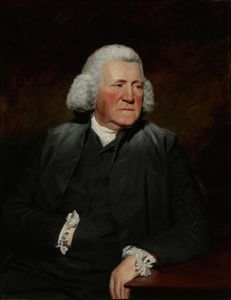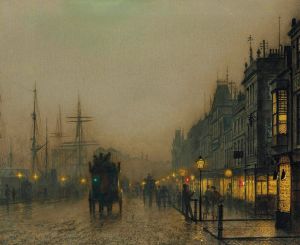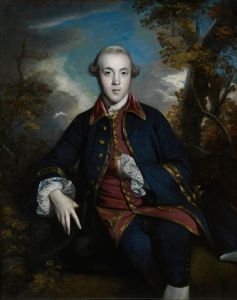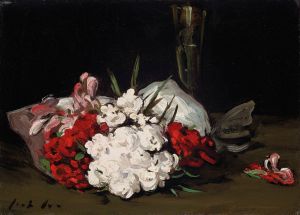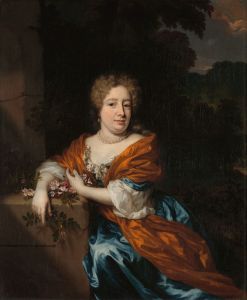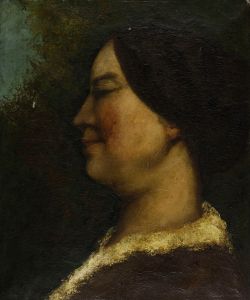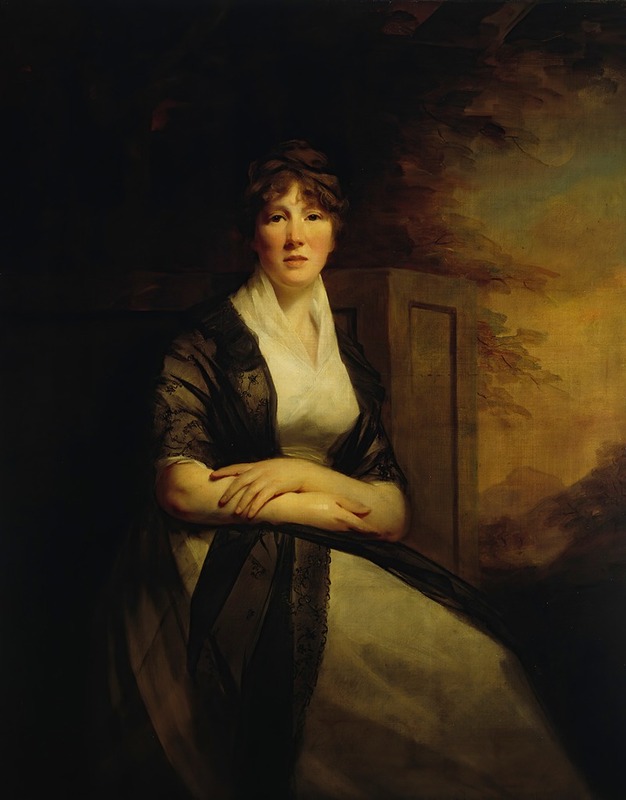
Lady Anne Torphichen
A hand-painted replica of Sir Henry Raeburn’s masterpiece Lady Anne Torphichen, meticulously crafted by professional artists to capture the true essence of the original. Each piece is created with museum-quality canvas and rare mineral pigments, carefully painted by experienced artists with delicate brushstrokes and rich, layered colors to perfectly recreate the texture of the original artwork. Unlike machine-printed reproductions, this hand-painted version brings the painting to life, infused with the artist’s emotions and skill in every stroke. Whether for personal collection or home decoration, it instantly elevates the artistic atmosphere of any space.
Sir Henry Raeburn was a prominent Scottish portrait painter, renowned for his depictions of notable figures in the late 18th and early 19th centuries. One of his works, "Lady Anne Torphichen," exemplifies his skill in capturing the elegance and character of his subjects. Raeburn's portraits are celebrated for their naturalism and the way they convey the personality and status of the individuals portrayed.
"Lady Anne Torphichen" is a portrait that reflects Raeburn's mastery in the use of light and shadow, as well as his ability to render textures and fabrics with remarkable detail. The painting showcases Lady Anne in a poised and dignified manner, typical of Raeburn's style, which often emphasized the grace and nobility of his sitters. The portrait is likely to have been commissioned by the family, as was common practice for portraits during this period, serving both as a personal keepsake and a symbol of social standing.
Raeburn's technique involved a keen observation of his subjects, often painting directly from life rather than relying on preliminary sketches. This approach allowed him to capture the immediacy and vitality of his sitters, a quality evident in the portrait of Lady Anne. His use of a restrained color palette, combined with a focus on the sitter's expression and posture, draws the viewer's attention to the subject's character and presence.
The historical context of Raeburn's work is significant. During his career, Scotland was experiencing a period of cultural and intellectual flourishing known as the Scottish Enlightenment. This era saw advancements in philosophy, science, and the arts, with portraiture playing a key role in documenting the figures who contributed to these developments. Raeburn's portraits, including that of Lady Anne Torphichen, are part of this rich cultural tapestry, offering insights into the people who shaped Scottish society at the time.
Lady Anne Torphichen herself would have been a member of the Scottish aristocracy, as indicated by her title. The Torphichen family held the title of Lord Torphichen, a Scottish peerage, which suggests that Lady Anne was part of the social elite. Portraits of this nature were not only personal mementos but also served to reinforce familial status and heritage.
Raeburn's legacy as a portraitist is well-established, with his works held in high regard for their artistic merit and historical significance. His portraits are housed in various prestigious collections, including the National Galleries of Scotland, where they continue to be studied and admired for their contribution to the understanding of Scottish history and art.
In summary, "Lady Anne Torphichen" by Sir Henry Raeburn is a testament to the artist's ability to capture the essence of his subjects with elegance and precision. The painting is a reflection of the cultural and social milieu of the time, offering a glimpse into the lives of Scotland's aristocracy during the Enlightenment. Raeburn's work remains a valuable part of Scotland's artistic heritage, celebrated for its beauty and historical importance.





